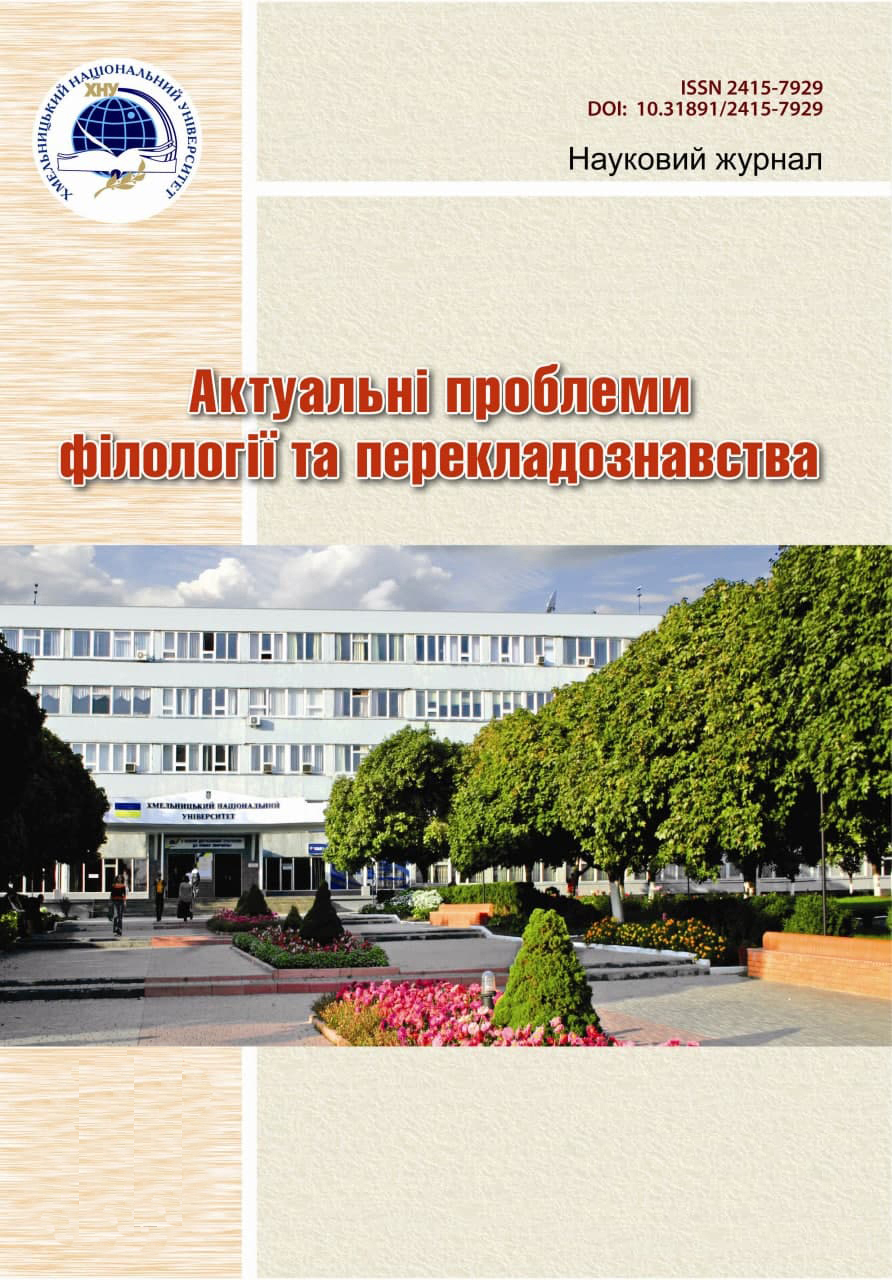PECULIARITIES OF LEXICO-SEMANTIC TRANSFORMATIONS APPLICATION IN THE “INKHEART” BY CORNELIA FUNKE'S TRANSLATION
DOI:
https://doi.org/10.31891/2415-7929-2025-34-4Keywords:
lexical-semantic translation transformations, German language, translation, novelAbstract
The present article is devoted to the study of translation transformations usage applied in the process of art work translation, which is particularly difficult for translation, because it requires from the translator not only a deep knowledge of the original language, the vocabulary of the target language, and thorough knowledge of literary studies, but also significant skills in translation techniques.
The article deals directly with the concept of translation transformation, and also highlights the explanation and features of using lexical and semantic transformations in the process of translating K. Funke’s German novel "Inkheart", performed by O. P. Logvynenko into Ukrainian.
Taking into account that translation transformations are an integral part of the translation process, because they contribute to the adequate transmission of the content and stylistic features of the work, while preserving its emotional and cultural saturation, the analysis of the selected story revealed the use of various lexical and semantic translation transformations, namely synonymous and contextual substitution, calque, descriptive translation, transcoding, antonymous translation, compression, decompression, permutation, transposition, concretization and generalization of meaning therefore, it was decided to explain the essence of each separately.
The results of the research demonstrate that the translation process is complex and multifaceted. It goes beyond the simple transfer of meaning from one language to another, turning into a creative act in which the translator acts as a co-author of the text. The main role in ensuring communicative efficiency is played by lexical and semantic transformations, which help to avoid the literalness of the translation, which can break the authenticity or integrity of the presentation. Thus, the success of the translation largely depends on the careful use of these transformations, which allow not only to preserve the essence of the original text, but also to adapt it to the peculiarities of the target language, reproduce stylistic nuances and convey the meaning as accurately as possible.
Downloads
Published
Issue
Section
License
Copyright (c) 2025 Наталя РИБАЛКА, Марія ПАВЛОВСЬКА (Автор)

This work is licensed under a Creative Commons Attribution 4.0 International License.

